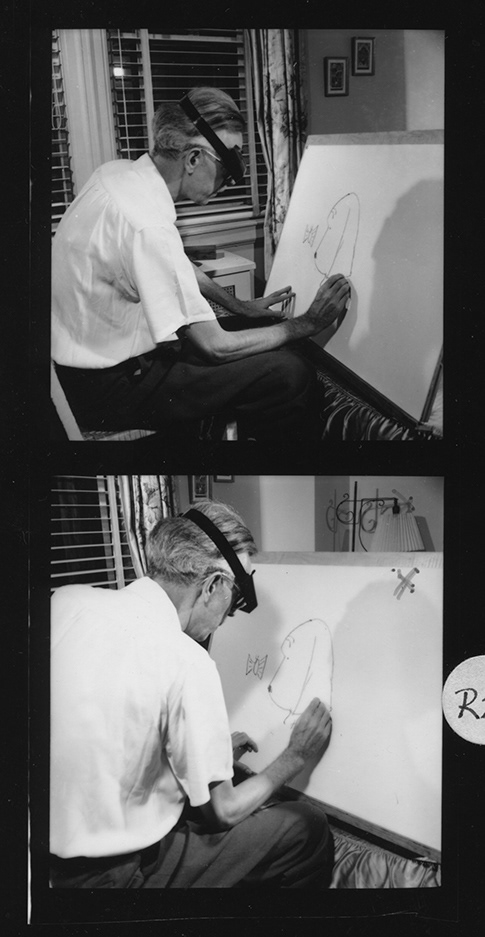Internationally recognized as one of the preeminent humorists in American history, Columbus’s native son, James Thurber, created an unparalleled array of some three dozen books: short stories, autobiography, plays, fables, biography, books for young readers, and humor: parodies, spoofs, farces, self-deprecating narratives, hilarious caricatures, exaggerated anecdotes, mock-journalism—the face and force of humor has known no greater master and innovator.
When you add Thurber’s comedic gifts as a visual art, his canon is without parallel. His drawings not only changed the very nature of the cartoon, but also the very possibility for the unstudied, spontaneous line in fine art.
James Thurber was born in Columbus, Ohio, December 8, 1894 and died November 2, 1961, at age 67. His childhood included two life-long influences: his mother’s uncanny sense of dramatic humor, and an eye injury from an arrow sustained during a game of William Tell. “Sympathetic ophthalmia” eventually overtook the other eye, rendering him blind the last two decades of his life. Owing to these, his school days began with a certain frailty and introspection, although his years at East High School blossomed with honors, the class presidency, and recognition of his writing and drawing abilities.
Thurber’s studies at Ohio State University included a variety of predicaments such as military drill. Thurber dropped out temporarily his sophomore year for his own program of reading and films. But he had met Elliott Nugent, whose own theatrical gifts and energy redirected some of Thurber’s creativity. Thurber began to write for the school newspaper, as well as edit OSU’s humor magazine, and played active roles in the dramatic club, writing plays and songs. Without a degree, he left the university.
In My Life and Hard Times—a best-seller for most of 1945— Thurber recounted the most memorable moments of college spent in what is now the preserved Thurber House, a Victorian structure where the ghost got in, electricity leaked from empty sockets, alarms were heard in the night, and the bed fell on father.
Though Thurber lived in New York, Connecticut, Bermuda, and France, Columbus remained the well-spring for much of his best work: “Columbus is a town in which almost anything is likely to happen and in which almost everything has.”
In 1927, after writing columns for the Columbus Dispatch, a stint at Paris edition of The Tribune, and frustrating attempts at selling humorous pieces, he met E.B. White, who helped him secure a job at a struggling new magazine, the New Yorker. In collaboration with White, he published his first book, Is Sex Necessary?, a parody of the the era’s popular sex and psychology books. They wrote alternate chapters and Thurber provided quick pencil sketches that White inked. “It was, to be sure, E. B. White…who first began to look at my drawings critically” and encouraged Thurber to submit cartoons to the magazine.
Between 1930 and 1961, he published nearly thirty books; many of them collected the unparalleled range of pieces written for the New Yorker and other magazines: the “casuals” featured in “Talk of the Town,” profiles, parodies, and scores of stories such as “The Catbird Seat,” and “The Secret Life of Walter Mitty,” two of the most anthologized pieces of modern fiction.
In his heyday, Thurber’s cartoons appeared in dozens of one-person and group- exhibits, including four at the Museum of Modern Art; he illustrated his own and others’ books and powered a variety of advertising campaigns.
Anthologist and editor Clifton Fadiman wrote, “Way back in 1946, when [Thurber] still had sixteen years to go, posterity was already beckoning an American humorist and satirist who today is second only to Mark Twain.”
Though Thurber’s last years were especially troubled with the burdens of his physical and mental condition, he continued to be a prolific essayist, vivacious raconteur, and a passionate debater—particularly regarding the rein of House Un-American Activities.
Shortly before his death, Thurber enjoyed the chance to play himself in the Broadway hit, The Thurber Carnival, a theatrical revue of his work directed by Burgess Meredith.
Despite rounds of operations and treatments for eye problems, a near-death encounter with pneumonia, and a toxic thyroid condition, Thurber continued to create, often prevailing upon his photographic memory that could retain over two thousand words of prose for a later dictation session.
The year 2019, Thurber’s would-be 125th birthday, has been declared “The Year of Thurber,” and is celebrated with two new anthologies of his work: Collected Fables (HarperPerennial) and A Mile and a Half of Lines: The Art of James Thurber (OSU Press).
photo credit: Douglas Glass
THE YEAR OF THURBER, 2019
A Chorus of Cheers for Thurber on the 125th Year of His Birth
A Chorus of Cheers for Thurber on the 125th Year of His Birth
The last century lavished copious praise upon Thurber’s talents as humorist and cartoonist, storyteller and children’s book author, playwright and memoirist. Ogden Nash, Dorothy Parker, Groucho Marx, Henri Matisse, W. Somerset Maugham, Ernest Hemingway, T. S. Eliot, Alistair Cooke, Clifton Fadiman, Russell Baker, George Plimpton, Fran Lebowitz, Garrison Keillor, Peter DeVries—generations have acclaimed Thurber as the 20th century’s preeminent humorist.
And the significance of his works continues to delight and inspire 21st century admirers. These include current New Yorker cartoonists Danny Shanahan, Roz Chast, David Sipress, Bruce Eric Kaplan, Liza Donnelly, Michael Maslin, and others. And here is just a bouquet of praise from writers of nearly every genre:
“Thurber’s wit sustains life. He towers over all.”
—Maira Kalman, author, illustrator, designer
—Maira Kalman, author, illustrator, designer
“Thurber made the seals bark! Thurber for president!”
—Henry Alford, New York Times and Vanity Fair contributor, author of Big Kiss.
—Henry Alford, New York Times and Vanity Fair contributor, author of Big Kiss.
“James Thurber is essential reading for anyone who dreams of becoming a humor writer.”
—Neal Pollack, novelist and humorist
—Neal Pollack, novelist and humorist
“I always read my Thurber—to laugh and learn.”
—Jon Scieszka, First National Ambassador of Young People's Literature
—Jon Scieszka, First National Ambassador of Young People's Literature
“I was introduced to Thurber in high school, and that’s when I became a writer.”
—Roy Blount, Jr., humorist, reporter, novelist, poet
—Roy Blount, Jr., humorist, reporter, novelist, poet
“Thurber’s drawings dropped into the pages of the New Yorker like graphic boulders in a placid pond.”
—New Yorker cartoonist Michael Maslin
—New Yorker cartoonist Michael Maslin
“The amazing thing about Thurber—the two amazing things—is why he’s not read constantly by everyone these days. And…what a good and serious writer he is when he has the reputation of being a humorist. I mean he’s a very funny writer but with a tragic sense of humor.”
—three-time Pulitzer playwright Edward Albee [from Adam Van Doren’s film]
—three-time Pulitzer playwright Edward Albee [from Adam Van Doren’s film]
“[Thurber’s Thirteen Clocks]. . . is probably the best book in the world. And if it’s not the best book, then it’s still very much like nothing anyone has ever seen before, and, to the best of my knowledge, no one’s ever really seen anything like it since. . . . It’s unique. It makes people happier, like ice cream.”
—Neil Gaiman, author of Coraline and Stardust
—Neil Gaiman, author of Coraline and Stardust
“[before I started writing] I had heard of S. J. Perelman, James Thurber and their like, but I was also aware that they were heavily influenced by me, even lifting some of my ideas, backdating them, and carefully inserting them in magazines from the 30's with the clever use of a razor blade and glue.” —Steve Martin, from the introduction to Most of the Most of S. J. Perelman, Modern Library Humor and Wit Series
“…the consummate chronicler of our twentieth-century jitters…[Thurber] has more staying power than many readers imagine for beneath the folds of ‘humor’ ticks a vision of modern life that is so melancholy, so dark, that humor may be the only means it could be effectively presented.”
—Sanford Pinsker, Sewanee Review
—Sanford Pinsker, Sewanee Review
“’Perhaps this will refresh your memory!’ is among my favorite Thurber cartoons. Its humor comes from language, a nonsensical situation, and the wit of the line drawing itself. No one thinks using the kangaroo as evidence is unusual. That is the humor and Thurber’s genius.”
— Seymour Chwast, co-founder of Pushpin Graphics, and one of the most influential illustrators and designers of the last 60 years.
— Seymour Chwast, co-founder of Pushpin Graphics, and one of the most influential illustrators and designers of the last 60 years.
“His drawings have lasted, in the largest sense, because they’re nowhere in the vicinity of mediocrity. Their boldness expanded the idea of what a cartoon is, just as abstract art redefined studio painting. In a way, Thurber took funny drawings back to their origins as pictures scrawled on a piece of notebook paper to make your friends laugh in study hall….In whatever Thurber wrote or drew he was first to be first.”
—Ian Frazier, New Yorker contributor, author of many books including Coyote v. Acme, Lamentations of the Father, and Great Plains.
—Ian Frazier, New Yorker contributor, author of many books including Coyote v. Acme, Lamentations of the Father, and Great Plains.
“James Thurber added more than one man’s share to the world’s small store of humor and wisdom. His work gave him a place in history as one of the great comic artists and one of the great American humorists.”
—William Shawn, New Yorker editor for 35 years
—William Shawn, New Yorker editor for 35 years
A selection of biographical information on the internet
The Rey Center (focused on the work of Curious George creator H. A. Rey) has a very extensive bio and resource guide to Thurber available as a download on their site.
Biographies of James Thurber
Kinney, Harrison. James Thurber: His Life and Times. New York: H. Holt, 1995.
Bernstein, Burton. Thurber: A Biography. New York: Dodd, Mead, 1975. Reprint, New York: Arbor House, 1985.
Fensch, Thomas. The Man Who Was Walter Mitty: The Life and Work of James Thurber. The Woodlands, TX: New Century Books, 2000.
Grauer, Neil A. Remember Laughter: A Life of James Thurber. Lincoln: University of Nebraska Press, 1994.
James Morsberger. James Thurber. Twaynes United States Authors Series, 1964.
Edwin T. Bowden. James Thurber: A Bibliography. Ohio State University Press, 1968.
Richard C. Tobias. The Art of James Thurber. Ohio University Press, 1969.
Charles S. Holmes. The Clocks of Columbus. Athenium, 1972.
Burton Bernstein. Thurber. Dodd, Mead, 1975.
Robert Emmet Long. James Thurber. Continuum, 1988.
Thomas Fensch (Ed.). Conversations With James Thurber. University Press of Mississippi, 1989.
Neil A. Grauer. Remember Laughter: A Life of James Thurber. University of Nebraska Press, 1994.
Harrison Kinney. James Thurber: His Life and Times. Henry Holt, 1995.
Alan Vanneman. James Thurber: A Readers Guide. CreateSpace Independent Publishing Platform, 2015.
Bob Hunter. Thurberville. Trillium, 2017.

This is a caption

This is a caption

This is a caption
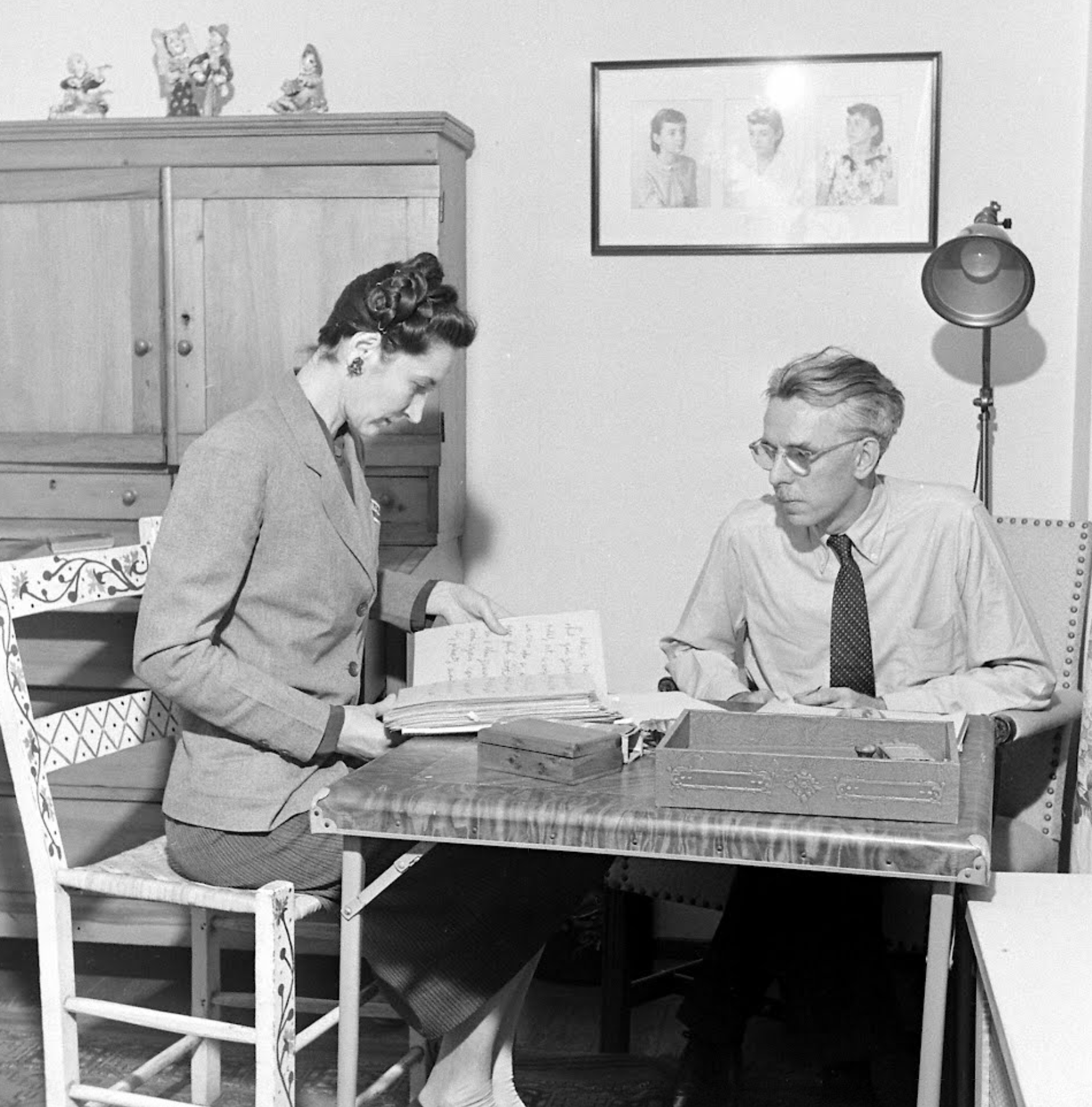
This is a caption
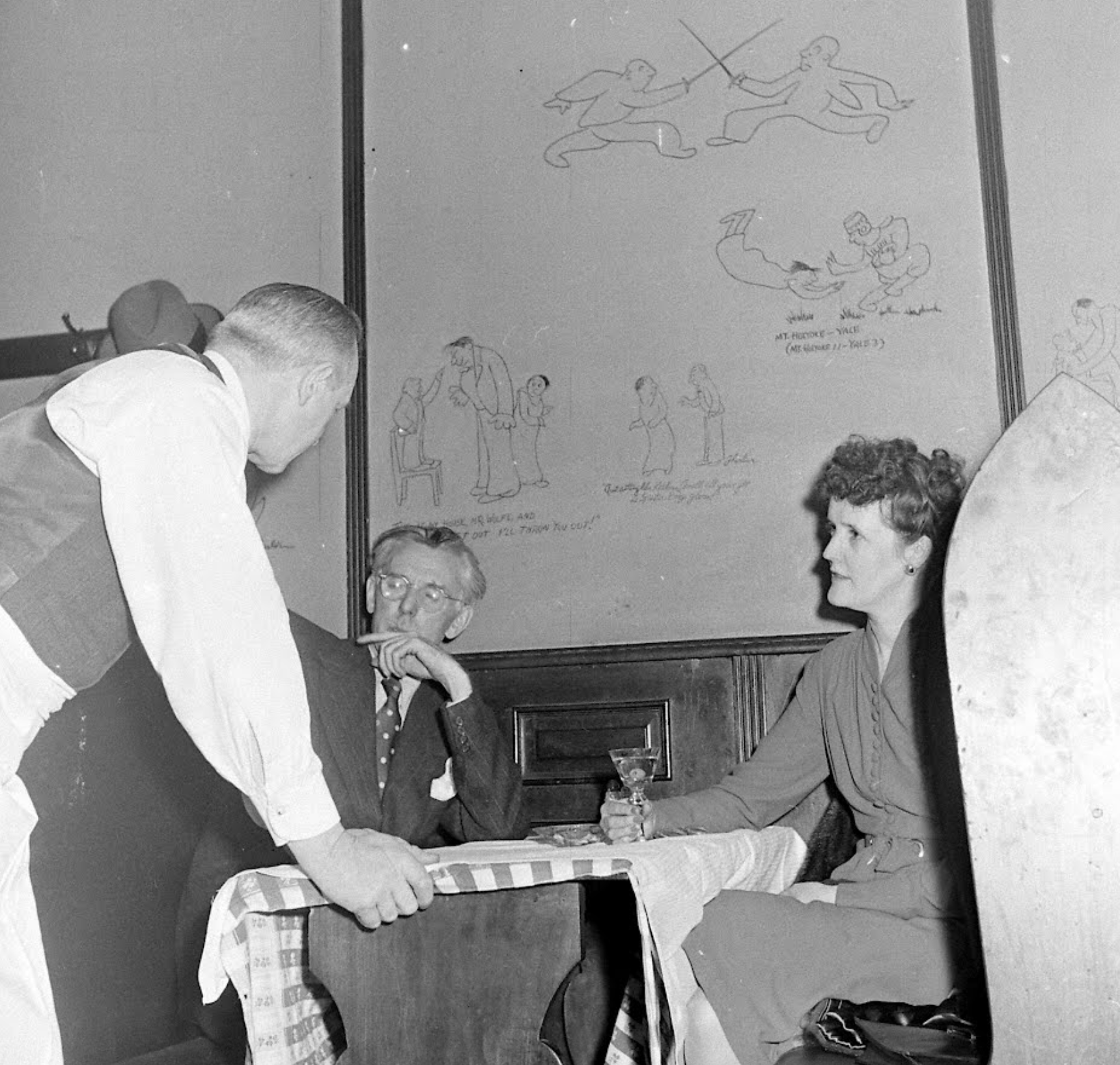
This is a caption

This is a caption
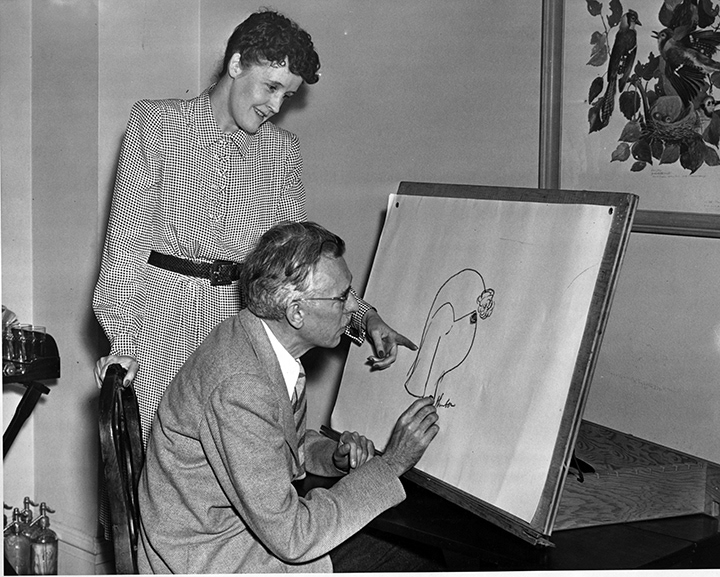
This is a caption
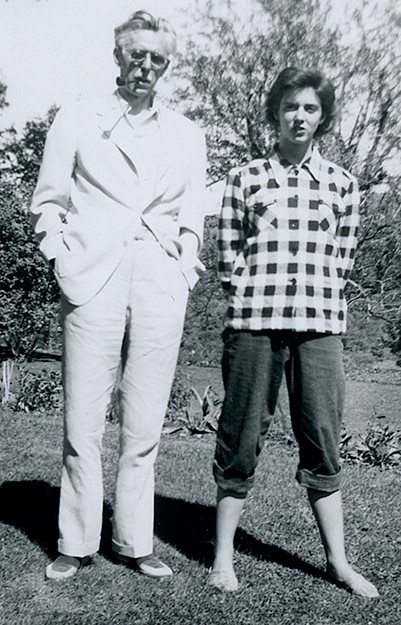
This is a caption
